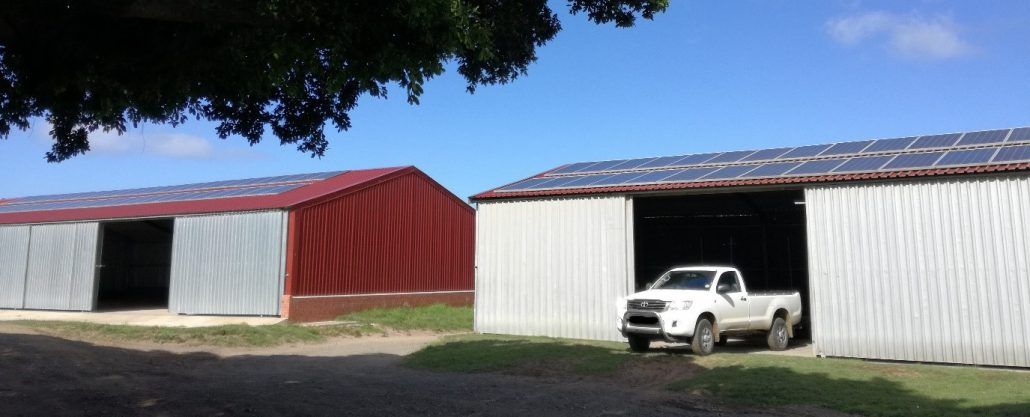In the process of looking at carbon footprints for various farmers over the past while I have been reminded of the environmental impacts associated with electricity use. I’m sure we all know that there are various greenhouse gasses responsible for climate change, the most prominent of which are carbon dioxide, methane and nitrous oxide. Unfortunately, the process of generating electricity, which mostly relies on coal based plants in South Africa, causes the emission of all three of these greenhouse gases into the atmosphere. The use of electricity is obviously necessary in food production, as it is in every industry. The problem is when electricity is used excessively, irresponsibly and inefficiently.
Not only is the unnecessary and excessive use of electricity bad for the environment, it also has a financial cost. The ever increasing cost-price squeeze in agriculture (e.g. increasing prices of fuel, feed, fertiliser, compost, veterinary charges and seed) means that it is always important to identify areas to reduce costs. Some measures which can be taken to reduce electricity use on a farm are discussed below.
All machinery should be switched off and the plugs removed from the wall sockets when they are not in use. They still conduct an electrical current even when they are switched off. All lights that are not in use should be switched off. Power saving bulbs or LED lighting can also be used instead of normal bulbs that use more power. Technological improvements now mean that you can buy machinery that use less electricity. On dairy farms, examples of older equipment that can be replaced with newer, more energy efficient technology, are pumps or milk cooling systems. Pipes that feed water from dams, rivers or boreholes can be replaced by bigger volume pipes in order to use less power to pump water from these sources. Alternative methods to pumps can be used to distribute water, such as making use of gravitational flow. Irrigation practices should be improved through irrigation scheduling to reduce electricity usage associated with excessive irrigation. Timers can be placed on machines causing them to only switch on when they need to be used.
Another way to reduce the environmental impacts associated with electricity use is by using alternative, renewable energy sources. Cleaner production energy sources include solar panels, wind turbines and biogas (e.g. methane from dairy effluent). The viability of alternative energy sources should be considered though as well, so for example, solar panels are a more feasible option than wind turbines on farms. A farmer Trace & Save works with in the Alexandria area has successfully installed solar panels (image below) that run his borehole pumps, lighting for his dairy and house.
There are many areas where electricity use can be reduced and optimised on farms. Not only is this important from a cost-saving perspective, but it also helps to reduce the environmental impact of food production. I would encourage farmers to take the time to identify areas on their farm where they can optimise electricity use.
- Milk, is it really just milk or so much more to it? - 2018-05-25
- Upside down thinking - 2018-04-19
- Happy soil life, happy grass, happy cows - 2018-04-04

